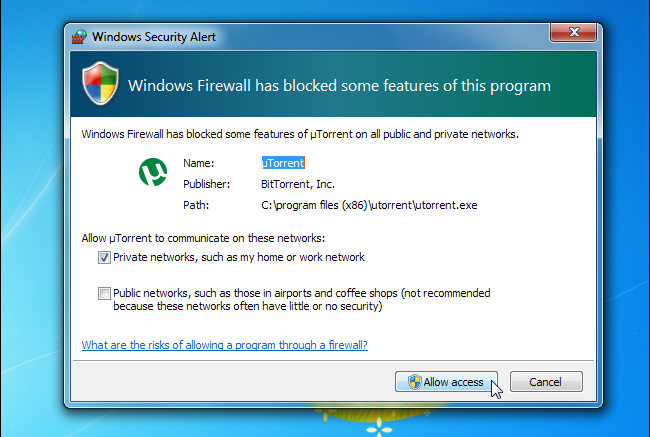It seems like every time you turn around there’s another bit of malware, another attack, another something threatening to destroy your digital life. It’s becoming ever more important too, because our digital lives, in a very real sense, are our lives. We measure our lives by the photos we have stored, the music we listen to, and the messages we exchange with others.
While there have been some high-profile hacks for mobile phones, the focus of most malware continues to be the PC. Why? Because mobile devices are still evolving quickly, and that means that you’re not likely to have an older one. Sure, your Android or iPhone may be a few years old but it’s still getting updates. Compare that to the millions of people who are still using Windows XP, Windows Vista, or something older. These people, who often use older computers at work, are fertile ground for malware attacks because they simply don’t have the ability to keep their computers as secure as they would like. People like this also rely on e-mail, which is a very common vector for malware.
Windows Firewall was first made part of the PC in 2001 but was not turned on by default until 2003. As Windows has evolved, its firewall has gotten stronger and stronger, but if you’re stuck in the computer world of 2007, those fortifications have passed you by. The bad guys have adapted, but you haven’t.
What is a firewall?
The term “firewall” comes from cars. The metal bracing between the engine and the passenger compartment is extra-fortified, so that if something does happen and the engine catches fire (admittedly rare today, but think back) then the fire won’t get to the passengers. It is a wall against fire, literally. In computer parlance it means a piece of software that is monitoring all your connections to the internet and automatically blocking anything that could cause harm.
Computers of the 1990s and 2000s were anything but secure, in fact they were built with literally thousands of open “communication ports” through which information could flow. A firewall closes them all by default and only opens them when there’s some general agreement that the information passing through them is safe.
So, is Windows Firewall “safe enough?”
The general feeling is that yes, if you have Windows 10 or Windows 11, the firewall is safe enough when combined with the built-in one on your router. Every modern router has some basic firewall component to it and while it’s not always as fancy as the upgraded Windows ones, it is part of a strong defense. Windows Firewall has become so trusted that the companies who used to make competing software have more or less died off; if you need something stronger (for example, if you’re a multi-million-dollar consumer electronics web store) you will generally get a piece of hardware that provides even stronger protection before any traffic gets to your computer.
You might be asking yourself, if Windows Firewall is strong enough, why are there still malware attacks? The answer is simple: the strongest, most robust security hardware and software isn’t going to protect against people. Obviously there’s an issue if people won’t upgrade old PCs. Not only that, there’s always a risk. There’s always the possibility that someone will click on an email or a link on a web site. Doing that will intentionally let the problem software simply walk in the door. Firewalls should be part of an overall security suite. They may be able to prevent some stuff from happening. But, if the person at the keyboard allows it to happen, it’s going to happen.
That’s right, even though you can get some great technology to help you, you still have to do your part by not allowing malware in. No firewall will help you with that. You just have to be a little more careful.
Get the help and support you need
This article is brought to you by Solid Signal. Shop at Solid Signal for everything you need to live your best digital life. Need help? Need support? Call us at 888-233-7563 or fill out the form below. We’re here for you!





